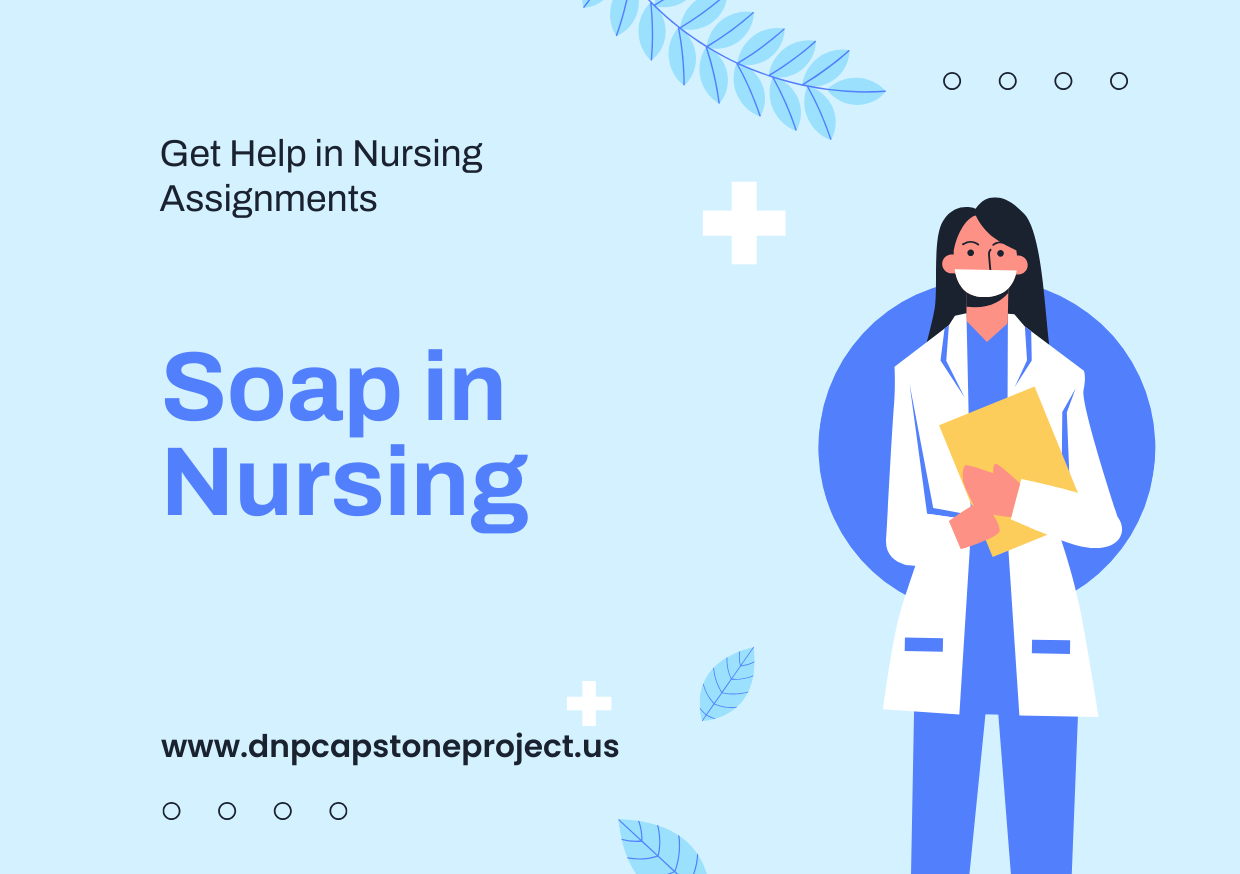SOAP in Nursing: A Detailed Guide
SOAP is an acronym that stands for Subjective, Objective, Assessment, and Plan—a standardized method of documenting and communicating patient care in healthcare settings. In nursing, SOAP notes are essential for clear, concise, and accurate medical records that support continuity of care and evidence-based practice.
1. Purpose of SOAP Notes in Nursing
SOAP notes, a type of medical documentation, help nurses and other healthcare providers:
- Organize patient information logically and consistently.
- Improve communication among healthcare team members.
- Support clinical reasoning and decision-making through structured documentation.
- Ensure legal and professional compliance with nursing standards.
- Track patient progress over time for evaluation of care.
- Maintain comprehensive medical records for patient safety and continuity of care.
2. Components of SOAP
Understanding the SOAP acronym and its components is crucial for effective nursing documentation:
S — Subjective
- Definition: The patient’s personal experience and perspective, expressed in their own words or through caregiver reports.
- Sources: Direct quotes, patient-reported symptoms, feelings, concerns, chief complaint, family history, and social history.
- Example in Nursing SOAP Note:
- “I feel dizzy when I stand up,” reports the patient.
- “My pain is about 7 out of 10 and it’s sharp in my lower back.”
O — Objective
- Definition: Observable, measurable, and factual data collected during the nurse’s assessment.
- Sources: Vital signs, physical examination findings, diagnostic test results, wound measurements, and observed behaviors.
- Example in Nursing SOAP Note:
- BP 148/92 mmHg, HR 96 bpm, Temp 37.8°C.
- Patient ambulated 10 meters with assistance; unsteady gait noted.
A — Assessment
- Definition: The nurse’s professional evaluation or clinical judgment based on the subjective and objective data.
- Purpose: To identify the nursing diagnosis, problem status, or patient’s condition, including risk assessment and pain assessment.
- Example in Nursing SOAP Note:
- Orthostatic hypotension likely related to dehydration.
- Acute pain related to post-operative incision.
P — Plan
- Definition: The nurse’s plan of action to address identified problems or needs.
- Includes: Nursing interventions, care planning, medication management, referrals, patient education, follow-up monitoring, or physician notifications.
- Example in Nursing SOAP Note:
- Encourage oral fluid intake of 2 L/day.
- Administer prescribed analgesic before physical therapy.
- Monitor BP every 4 hours; report systolic < 100 mmHg.
3. Advantages of SOAP in Nursing
The use of SOAP notes format in nursing offers several benefits:
- Promotes clarity and focus in documentation.
- Facilitates collaborative care across the healthcare team.
- Enables tracking of patient outcomes systematically.
- Meets legal and accreditation documentation standards.
- Supports evidence-based practice and clinical reasoning.
- Enhances patient safety through comprehensive and structured documentation.
- Improves continuity of care across patient encounters.
4. Common Mistakes to Avoid
When writing SOAP notes, nurses should be aware of these potential pitfalls:
- Mixing subjective and objective data in the wrong section.
- Using vague or non-specific language.
- Omitting relevant details from patient information.
- Failing to update the plan based on new findings.
- Neglecting to include important aspects of the patient’s medical history.
5. SOAP Note Example in Nursing
Here’s a SOAP note example to illustrate the format:
Patient: John Doe, 65 y/o, admitted with pneumonia.
- S: “I’m still short of breath even when I’m sitting. My cough is keeping me awake.”
- O: RR 26 breaths/min; SpO₂ 90% on room air; crackles heard in right lower lung lobe; productive cough with thick yellow sputum.
- A: Impaired gas exchange related to lung infection.
- P: Administer O₂ via nasal cannula at 2 L/min; encourage deep breathing exercises every 2 hours; monitor SpO₂; notify physician if < 88%.
This SOAP note template demonstrates how to structure nursing documentation effectively.
6. Tips for Effective SOAP Note Writing
To create high-quality nursing SOAP notes:
- Use clear, concise, and professional language.
- Record information promptly after assessment.
- Stick to facts and observations—avoid assumptions in Objective.
- Update the Plan as patient condition changes.
- When quoting a patient, use quotation marks.
- Include relevant details from the patient’s medical and social history.
- Document patient goals and progress towards them.
- Ensure all entries contribute to a comprehensive picture of the patient’s status.
7. Relation to Nursing Process
SOAP aligns naturally with the ADPIE nursing process:
- S & O → Data collection (Assessment stage)
- A → Nursing diagnosis
- P → Planning interventions
This alignment makes SOAP a practical documentation format for implementing the nursing process in daily clinical practice, supporting both patient care and professional evaluation.
In conclusion, mastering the SOAP note format is essential for effective nursing documentation. By following this structured approach, nurses can ensure that their medical notes are comprehensive, accurate, and valuable for patient care and inter-professional communication.



